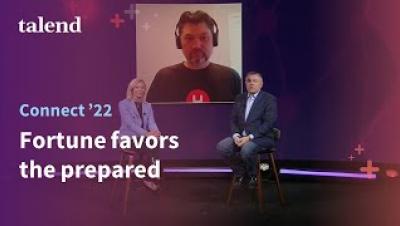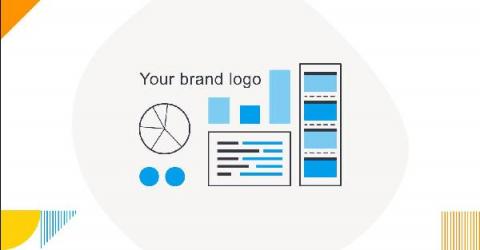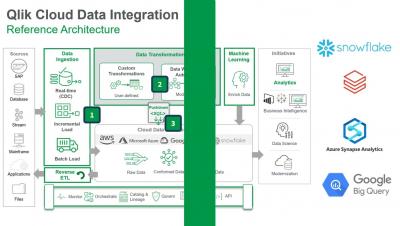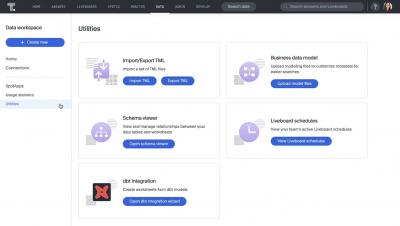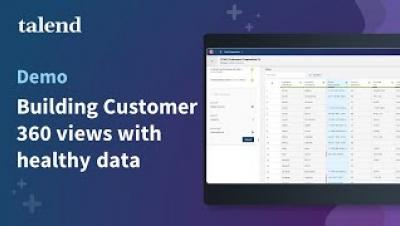Systems | Development | Analytics | API | Testing
BI
Ep 60: The Modern Milkman's CSO, John Hughes on Using Data to Save Our Oceans from Plastic
Breaking down marketing data silos with BigQuery
White Label Analytics: What It Is, Why It Matters & 5 Key Benefits
A key consideration when buying an embedded analytics solution is not only whether it supports embedding of charts and reports, but that it can integrate analytics in a way that is indistinguishable from the experience of your application. Learn what white-label BI is.
Cloudera Uses CDP to Reduce IT Cloud Spend by $12 Million
Like all of our customers, Cloudera depends on the Cloudera Data Platform (CDP) to manage our day-to-day analytics and operational insights. Many aspects of our business live within this modern data architecture, providing all Clouderans the ability to ask, and answer, important questions for the business. Clouderans continuously push for improvements in the system, with the goal of driving up confidence in the data.
SaaS in 60 - Qlik Cloud Data Integration
Activate your dbt models and metrics with ThoughtSpot
[DEMO] Building Customer 360 views with healthy data
Automated Financial Storytelling at Your Fingertips: Here's How
Every financial professional understands that the numbers matter a great deal when it comes to reporting financial results. Accuracy, consistency, and timeliness are important. Those same professionals also know that there’s substantive meaning behind those numbers and that it’s important to tell the stories that lend additional depth and context to the raw financial statements.


